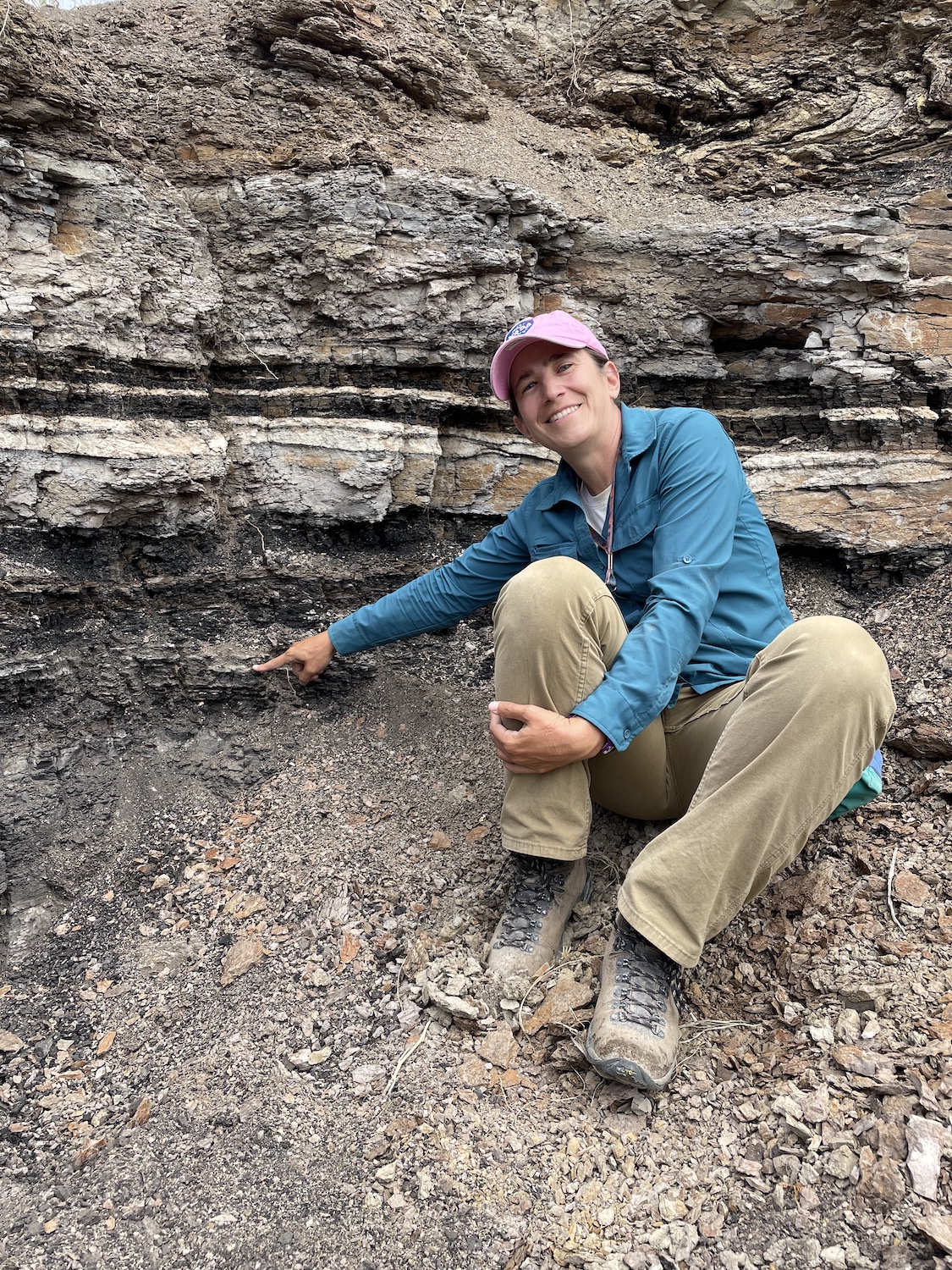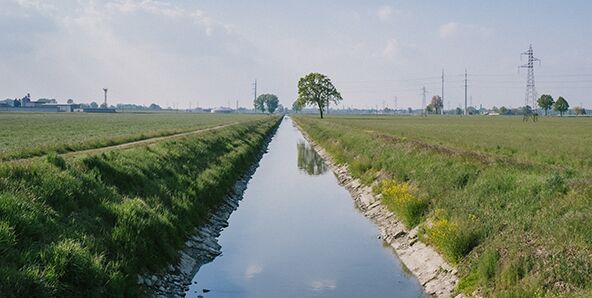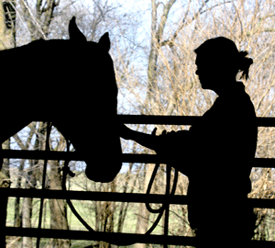UW researchers study plant recovery following mass extinction of dinosaurs

Using clues from the fossil record, researchers at the University of Wyoming are traveling back in time to study a mass extinction event that occurred 66 million years ago. Their goal is to better understand how and when life rebounded after a meteor wiped out 75% of species on Earth.
The five-year study is part of a multidisciplinary effort led by the Denver Museum of Nature & Science and funded by a nearly $3 million grant from the National Science Foundation. Seven collaborating research institutions, including multiple universities and the Smithsonian National Museum of Natural History, are involved in the project.
As research findings become available, they will be shared with the public through museum exhibits, classroom presentations and other outreach events.
The study will focus primarily on the collection and analysis of plant fossils from the Denver Basin and Williston Basin, says Ellen Currano, UW professor and paleobotanist. “We have a really good understanding of how old the rocks are in these basins, which will allow us to understand the amount of time that different phases of recovery took.”
Why plants, not dinosaurs?
“Plants form the base of terrestrial ecosystems, and everything else relies on plants for food and habitat,” Currano explains. “If we are going to understand how life on land recovered after the bolide impact that killed off the dinosaurs and approximately 75% of all species, we need to understand what was going on with the plants.”
In addition to offering clues about the evolution of modern plants and animals, studying past extinctions can provide insight into extinctions occurring today.
“In the larger scheme of things, my research agenda is to understand how ancient forests responded to abrupt environmental changes, with the hope that we can apply what we learn to the present day,” says Currano.
When the NSF project concludes, she hopes to expand her research to new sites in Wyoming.
To learn more, contact Currano at [email protected].



